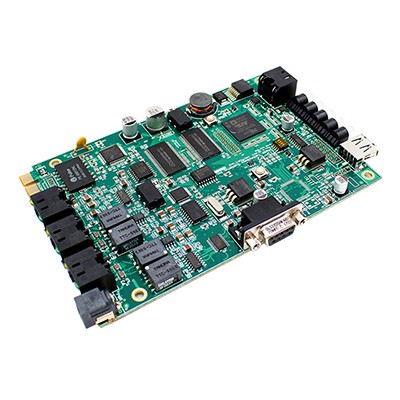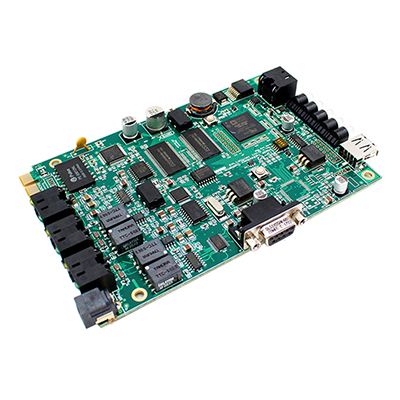Description
control board PCBA board
layers:6
board thick:1.6mm
PCB & component assembly
copper thick:1oz
soldermask:green
silkscreen:white
surface treatment:immersion gold
Control board PCBA is a kind of circuit board which contains the electronic components and connection circuits required for the control circuit. PCBA is the abbreviation of Printed Circuit Board Assembly.
Control board PCBA is usually used in various electronic devices, such as household appliances, automobiles, industrial automation equipment, etc., to realize the control and monitoring of the equipment. It can be designed into different shapes and sizes according to the needs of the equipment and integrate various functional modules, such as sensors, processors, communication interfaces, etc.
Here are some common information about control board PCBA:
1. Design and manufacture: The design of the control board PCBA needs to consider factors such as circuit principles, component layout, wiring rules, etc., to ensure the performance and reliability of the circuit board. The manufacturing process usually includes PCB production, component procurement and placement, soldering, testing and other links.
2. Functional features: The control board PCBA can achieve a variety of functions, such as signal processing, logical control, power management, communication, etc. It can receive the input signals of the sensors and output control signals after processing to drive the actuators or communicate with other devices.
3. Application fields: The control board PCBA is widely used in various fields. For example, in household appliances, it can be used to control the operation of washing machines, air conditioners, refrigerators, etc.; in automobiles, it can be used for engine control, body control, safety systems, etc.; in industrial automation, it can be used for robot control, production line control, etc.
4. Customization requirements: The requirements for the control board PCBA may be different for different devices and application scenarios, so customized design and manufacture are often required. Customization can meet specific functional requirements, size requirements and environmental conditions.
If you need more detailed and specific information, it is recommended to refer to relevant technical materials, product manuals or consult professional electronic engineers.







